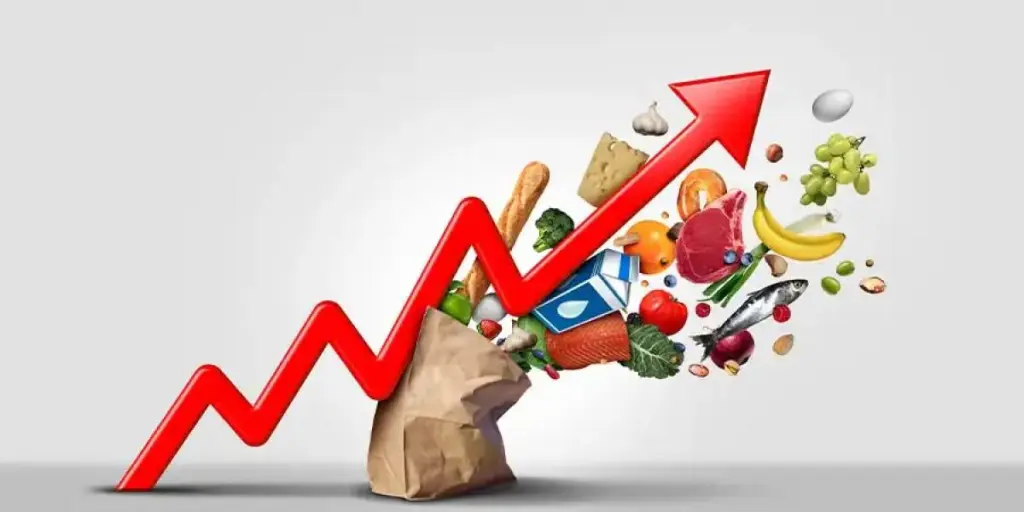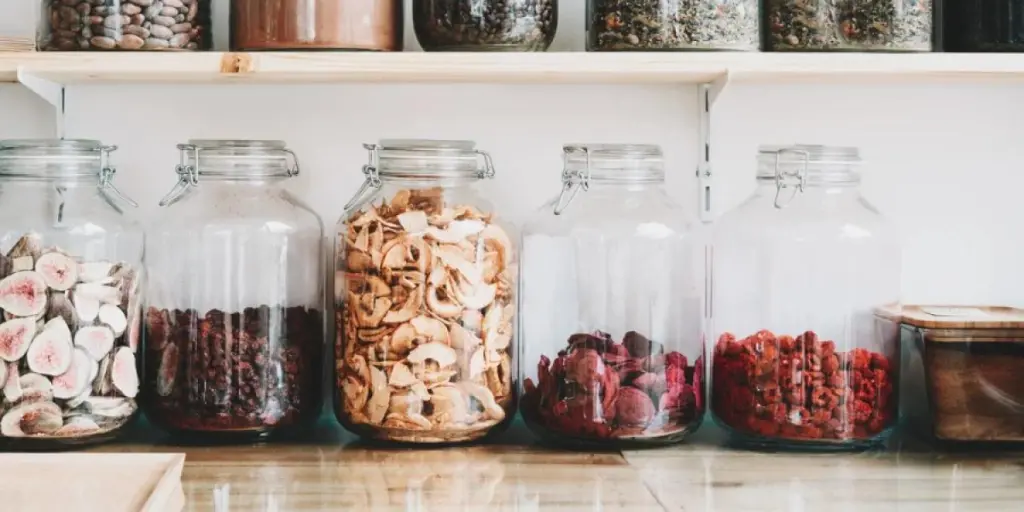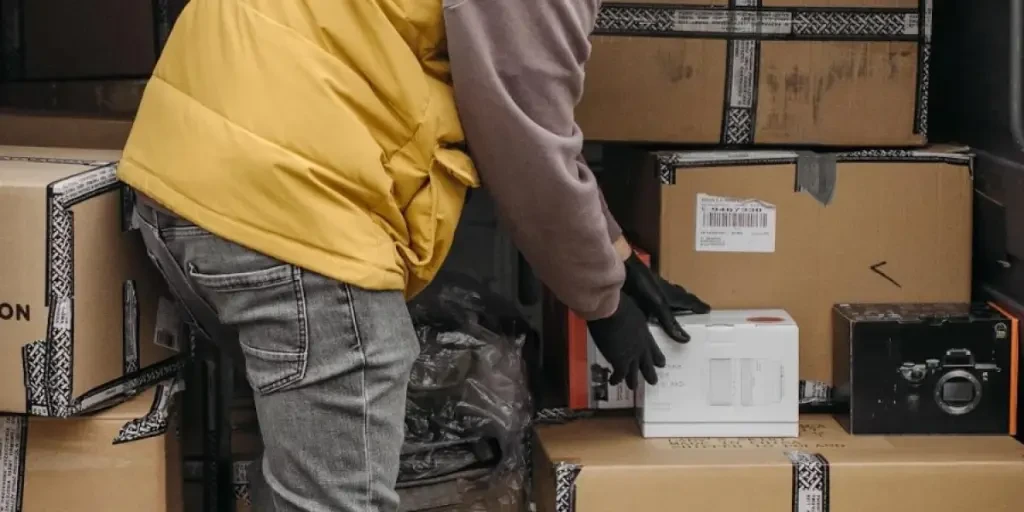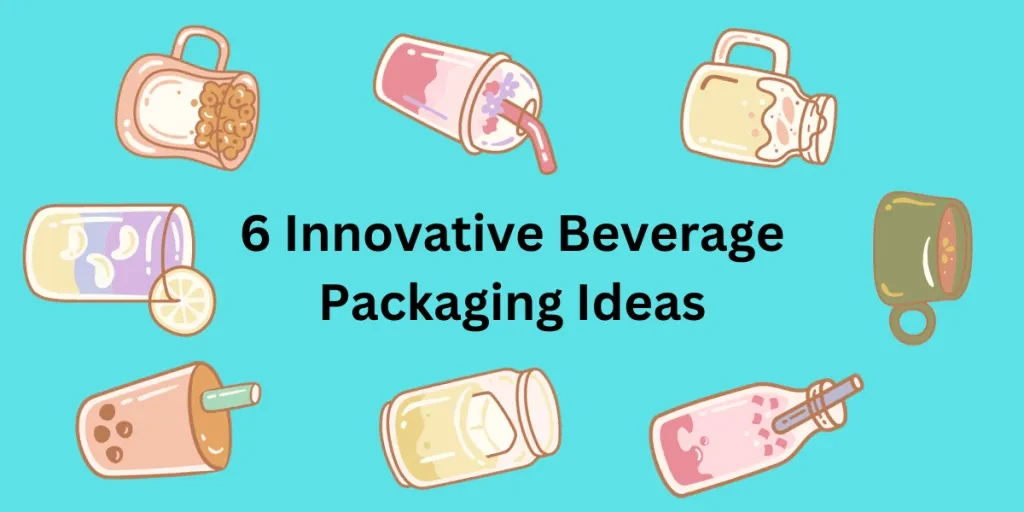Since 2020, global health and city security metrics have affected worldwide consumer behavior in a variety of aspects. Above all, increased health consciousness has made safely packaged food and beverage one of the default predilections for virtually every type of food and drink now. In many areas, unprecedented city controls have indirectly popularized convenience food, the readily consumable food packaged in a healthful, handy packaging. The expansion of the food delivery sector has further accelerated the growth of the food and beverage packaging industry. At such a rapid rate of growth, let’s look at a few of the most promising food and beverage packaging ideas that no wholesaler should miss!
Table of Contents
Role of packaging in food and beverages
Important food and beverages packaging trends in 2022
Key points to consider
Role of packaging in food and beverages
Packaging for food and beverages serves the same primary purpose as packaging for all other general goods: to protect the content. An appropriately packaged food can help to reduce food loss and waste. This is essential in ensuring food security in light of today’s increased risk of food crises, which is driven by population growth, climate change, and resource constraints. Two other major roles that categorically distinguish food and beverage packaging solutions from other standard packaging are food safety and food freshness preservation.
Indeed, with all of the recent emphasis on health and safety, food and beverage packaging manufacturers must strive to meet these de facto objectives now. Such functions rise to the heart of the role in food packaging because they are intrinsically linked to the brand identity of the food and beverages companies too, another key function of food and beverage packaging.
One can get a glimpse of the importance of the roles of packaging in the food and beverage industry through the exponential growth of industry forecasts from various research. For instance, a study conducted in 2019 forecasted a mere 1.2% Compound Annual Growth Rate (CAGR) for the worldwide food and beverage packaging development by 2030, hitting USD 368.3 billion by then. Yet, in 2020, barely a year later, another global market research company had raised the forecast by almost five times, to a CAGR of 5.1% instead. This CAGR forecast applies to the projection period of 2021-2028, with USD 338.34 billion predicted in 2021 and USD 478.18 billion expected seven years later.
Important food and beverages packaging trends in 2022
Personalized packaging
Personalized packaging is definitely on the rise in the food packaging world. A report published in February 2022 predicted the worldwide personalized packaging market to reach USD 21.2 billion by 2029, growing at a record-breaking CAGR of 6.1% from 2022 to 2029. This is a jump of over 20% from the CAGR of 5.0% between 2014 and 2021. And the sector that contributes the most to this growth is none other than the food and beverage packaging, which relies heavily on packaging for both practical and marketing reasons.
Personalized packaging essentially boils down to printing customization, where lower costs and easier, faster printing solutions such as digital printing help to eventuate bespoke packaging even for small quantities. For example, as shown in the picture below, a digital printing enabled stand-up kraft paper bag or a transparent digital printed zipper bag may well serve the purpose.
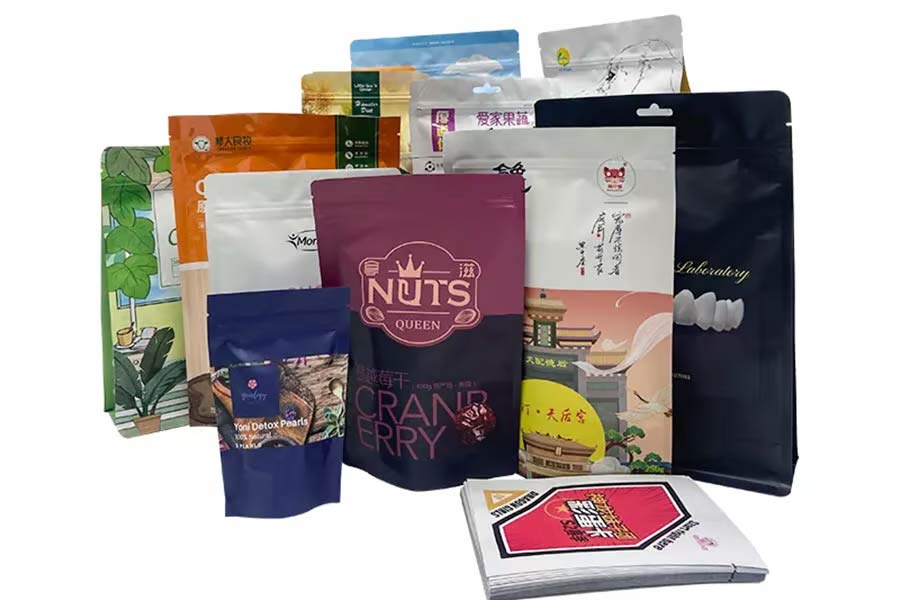
Digital printing can also be applied to beverage packaging with shrink sleeve labels, as featured in this picture:

Interactive packaging
The global surge in food safety and security awareness in recent years, fueled by increased concerns about health and well-being, has accentuated one key issue: general consumers’ confidence in food suppliers and manufacturers.
Branding is therefore needed, now more than ever, to help reinforce and deepen the trust between the food and beverage providers and their end-users. And this is where interactive packaging can play a part and be fully utilized to further elevate the brand image.
In a nutshell, interactive packaging refers to the deployment of smart label technology such as Quick Response (QR) codes and near field communication (NFC) tags on the packaging. It allows the customers to scan these codes and tags with their smart devices and gain access to whatever info the food and beverage providers would like to highlight. From trusted food sources and ingredients to eco-friendly policy and loyalty programs, almost anything that can help establish trust and rapport can be included. Perhaps the best part of such smart label branding is that it does not require much space and may hence help to save on packaging costs too.
To create interactive packaging, a QR code can be printed on various label materials including self-adhesive stickers. For food and beverage packaging, the stickers should ideally be waterproof and come with the right resolution for clear printing output. Some packaging stickers also come with anti-counterfeiting features that offer to print out a secure QR code to prevent counterfeit products, such as the one featured here:
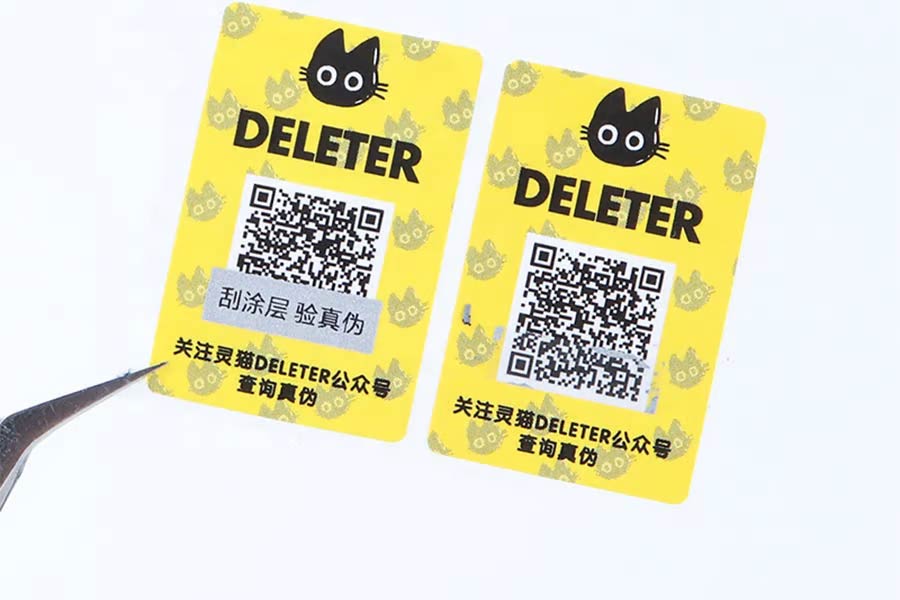
An NFC tag, on the other hand, is a sticker that has small built-in microchips readable by smart devices from up to around 10cm away:
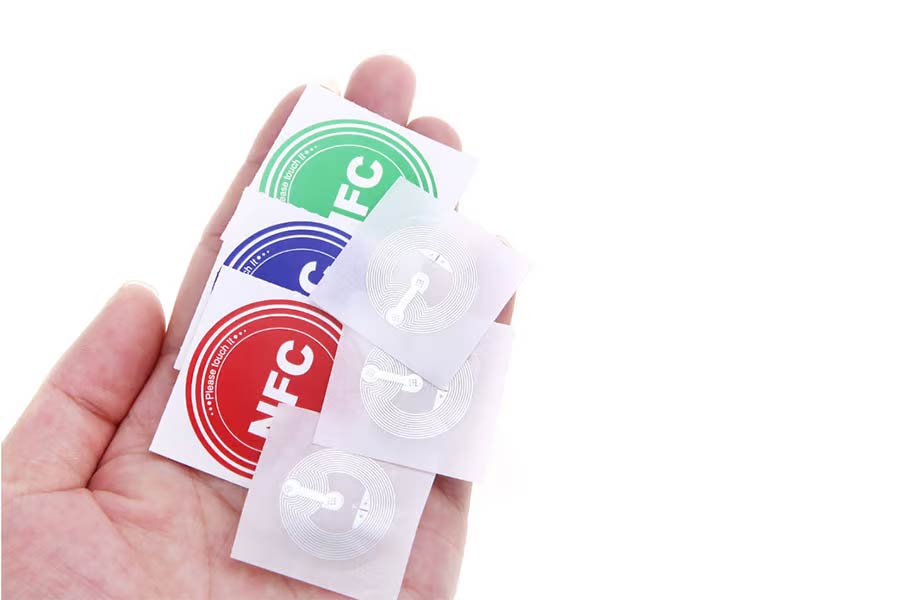
Sustainable packaging
With increasing concerns over global climate change and environmental issues, sustainable packaging is another indisputable trend in the current packaging industry. The worldwide sustainable packaging market is expected to grow at a healthy CAGR of 7.55% between 2022 to 2027, with the food and beverage industry among the top three end-user sectors for it.
The popularity of food delivery services and convenience food over the past few years signifies that people are loaded with food packaging waste on a regular basis, almost every single day, if not every few hours. All eco-friendly packaging is hence likely to be appreciated by them to reuse or recycle any packaging wherever possible. Consequently, this can also help to establish a healthy and positive brand image for the food providers, especially when they manage to provide well thought out reusable packaging designs such as a kraft zipper bag or reusable food container.

Apart from reusable items, other environmentally friendly food and beverage packaging that can contribute to global sustainability, such as a disposable paper cup with a lid or biodegradable food container, can also enhance the food provider’s brand image. For example, various shapes and sizes of disposable and biodegradable takeout food packaging containers are shown here:

Key points to consider
As a result of worldwide rising consciousness in health and wellness, packaging for food and beverage has evolved from simple protection and food freshness preservation to the first line of defense against food safety, further solidifying its role in brand image building. Personalized packaging, interactive packaging, and sustainable packaging are three major trends that will shape the growth of food and beverage packaging in 2022. In essence, food and beverage packaging is now getting more individualized, interactional and in line with the worldwide packaging trends, moving in the direction of being more environmentally friendly. Wholesalers can explore the potential of these trends to reap the gains of the expanding momentum. Check this article out to learn more about food packing.
